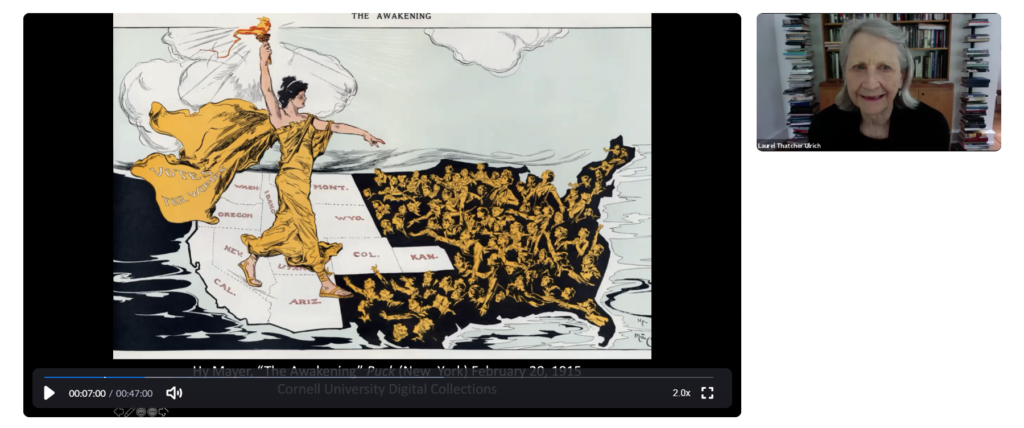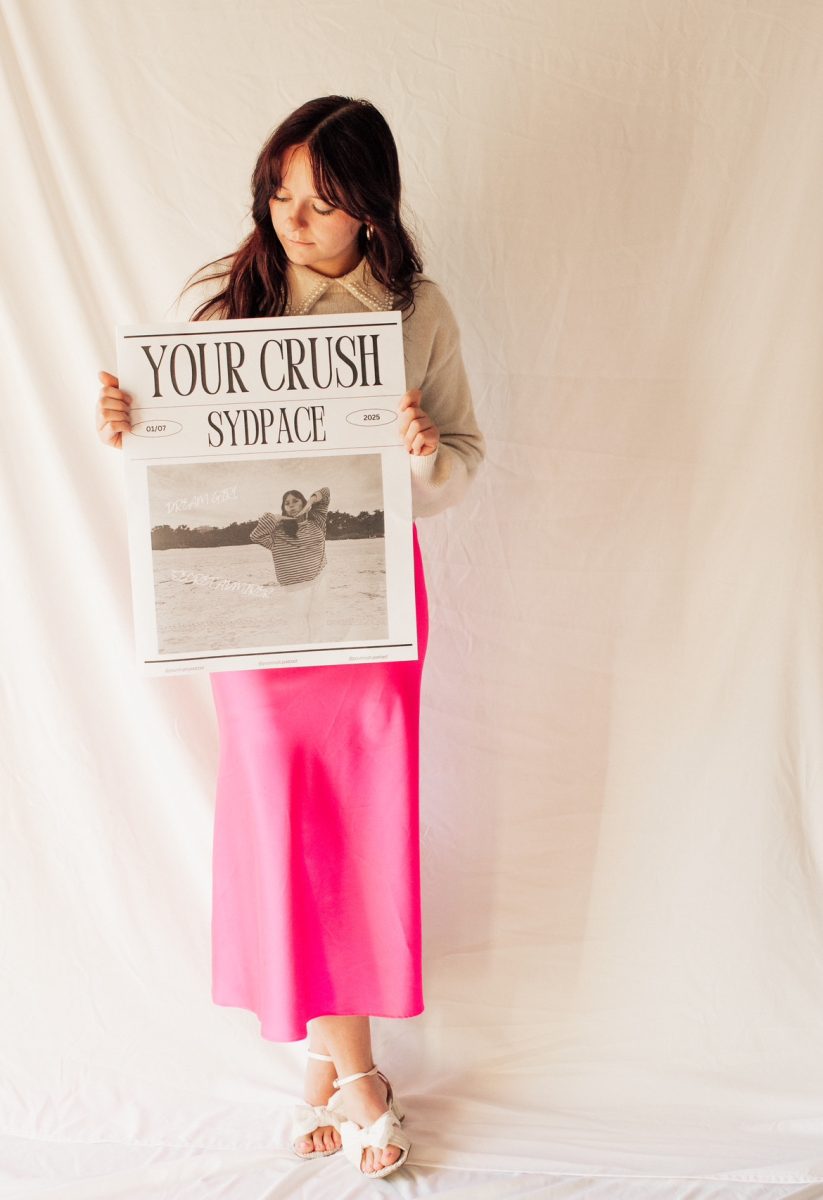Laurel Thatcher Ulrich, a Pulitzer Prize-winning historian and history professor at Harvard University, gave her presentation on the first women to vote in the United States on Sept. 3 through Zoom, followed by a Q&A Zoom session on Sept. 16 as part of the Beyond Suffrage lecture series.

The purpose of the lecture, titled “First in the Nation?: Utah Women in the National Suffrage Movement,” was to give a broader view of the suffrage movement up to the passage of the 19th Amendment.
While women in Utah and Wyoming were the first to vote in the modern sense of voting, it was women in New Jersey who had the ability to vote first.
The New Jersey state constitution gave rights to persons to vote rather than just men. Some women began voting in the 1700s. This was due to the property ownership requirement for voting — to vote in New Jersey, at the time, a person needed to have at least 50 pounds in currency of owned real estate.
Because the state was under common law that governed marriage, many married women could not claim property, making them ineligible to vote. Women voting at the time were either single or widowed and had inherited property from their family.
Since the government could not verify if the women voting had actually inherited the property, they ended voting rights for women and freed slaves alike.
Holly Andrew, Union Station’s Museum and Education Curator, asked Ulrich why New Jersey’s female voters have been lost to history.
“I think it was forgotten because it ended, and I think it was probably also forgotten because it was complicated, and we don’t think about the right to vote quite the same way today as people thought about it in the 18th century,” Ulrich said.
Ulrich also mentioned women from Kentucky who had a particular right to vote regarding school bond elections if they were taxpayers, given the belief that women would have more interest in public schools.
The suffrage movement started up again through petitions against slavery and the removal of Indigenous Americans from tribal lands. When Congress started pushing back, they began organizing multiracial movements, such as the Anti-Slavery Movement.
In Utah, Representative George Julian introduced a bill to discourage polygamy in Utah and grant suffrage to women on March 15, 1869, but it failed. Women in Utah were not enfranchised until 1870.
Women who were part of the Church of Jesus Christ of Latter-day Saints at the time did not think they were worthy of suffrage by defending polygamy.
Regarding the main question of the presentation, which asks who were the first in the nation to vote, Ulrich says it is up to you to decide. While women in Wyoming were the first to enfranchise women in December 1869, the first ballot cast by a Wyoming woman was not until September 1870.
On the other hand, Utah women were enfranchised on Feb. 10, 1870, and the first ballot cast by a woman was two days later.
Ulrich ended her presentation saying it had been an opportunity to think more broadly about women’s long struggle for rights.
“[It is] a struggle that, from the very beginning, was entangled with the issue of race and identity, a struggle that created winners and losers and despondency over many years of effort,” Ulrich said. “A struggle that I think we all know is not over yet. The rest is up to you.”



















